I first heard the term trap-lining as it relates to a species of woodpecker known as the Sapsucker. They leave distinctive neat rows of holes circling the trunks of trees. You can see their markings on trees all over where I live in the San Francisco bay area.
They drink the sap from these holes and they feed on insects who
come to feed on the sap. They move from one set of holes to another to another and back again. Each time collecting the new sap that has leaked and the new bugs that accumulated since their previous visit.
In fact lots of animals from bees to butterflies, hummingbirds to bats, use this type of foraging behavior of visiting the same spots over and over in a repeated pattern. The term comes from fur trappers who visited their trapline routes checking for ensnared animals. And I’ve been noticing how the behavior plays out in me and what gets ensnared in the trap I’m creating.
For a while now I’ve known of the impact of watching videos on my phone. The most insidious ones are the short, a few minutes or less things on youtube, facebook, instagram, google etc that can ensnare me for literally hours at a time without me even realizing it.
When I first became conscious of what was happening, initially I could just limit certain apps but as the videos have spread to more and more places it became harder and harder to avoid. And then, recently I had a new awareness. The issue is so much deeper than simply getting stuck watching videos.
That is something, along with the hero’s journey, I talk about in the most recent episode of my podcast.
The thing is, I’m doing my own version of trap-lining. Videos are both engaging for my brain in a way that draws me in but also disengaging in a way that means I don’t have to think about what I’m not doing. That combination means I can get sucked in much longer than I want and I’ll trapline with just the videos. But seemingly more insidious, I’ll do it with email and What’sApp and messenger and text and various other messaging apps.
Phone addiction is so common place these days and as Nir Eyal talks about in his book Indistractible, that is by design. Companies are vying for our attention and using all kinds of tactics to get it.
Like the Sapsucker continuously looking for it’s next meal, I’ll make loops through the various apps, looking for my next hit of dopamine. “Is there a new message to look at?” I’m not doing it to respond or be productive but like a hungry ghost, to fill a void. To feel a surge of excitement so I can avoid unwanted feelings even if that’s simply boredom or effort with a task.
Sometimes this habit is a new spin on the old feelings of “not enoughness” and that there is something I’m missing. Something I need to do (other than what I’m currently doing) even if I don’t know what it is. It’s a pattern I developed long before the internet, I just used different methods before.
In Buddhism “hungry ghosts” are beings riddled with desires they can never satiate. We all have our own version of this struggle.
So checking for all these things repeatedly can be a way to consciously and subconsciously search for what I’m missing. Whether that is feelings of love I did not receive as a child or some new thing that will magically solve my problems and make me feel better.
As luminaries like Tara Brach, Gabor Mate’ and others talk about in their own ways, we can transform the hungry ghost part of ourselves through a combination of awareness and mindfulness, self love and self compassion.
One way this manifests for me is to notice the if I pick up the phone to do something but I don’t write the reason down first, the first screen I’m come to can knock my desired task out of my conscious awareness. But a part of me is still unconsciously searching, searching, searching.
When I take the time to write it down first, I’m less likely to get sidetracked. And if I do get sidetracked I can lovingly and compassionately remind myself of why I’m there.
Simply being aware of the dynamic in ourselves is powerful in and of itself. Taking the time to make notes gives us deeper insights and further options. And these tools can be used for all kinds of habit change. One option as Nir Eyal describes is the use of a distraction tracker which can be made for other unconscious habit tracking as well. Here’s a photo (below) of what he recommends.
For myself, my thoughts are not so neat and linear so I prefer journaling. I can journal about what came up for me while also setting goals for how I want to go forward. In my next podcast episode I’ll share some examples from my own journaling and what I discovered. It’s been a powerful process and I’m excited by the changes I’m seeing.
Where does trap-lining or the hungry ghost show up in your life? I’d love to hear your thoughts, drop me a line.
Practicing mindfulness, emotional awareness, and supportive self-talk helps. We must actively participate in our own getting well.
“What we don’t need in the midst of struggle is shame for being human.” — Brené Brown
My most recent podcast episode is for anyone who feels stuck and is a powerful reminder that we're all human. That regardless of your level of success, we all struggle sometimes. It's about embracing the messy parts of ourselves and finding the strength to keep moving forward.
Inspired by Jonah Hill's documentary "Stutz," I share my journey of facing fears, embracing imperfection, and finding strength in vulnerability. This episode is an invitation to shed societal and familial expectations, fostering self-compassion and authentic connections.



